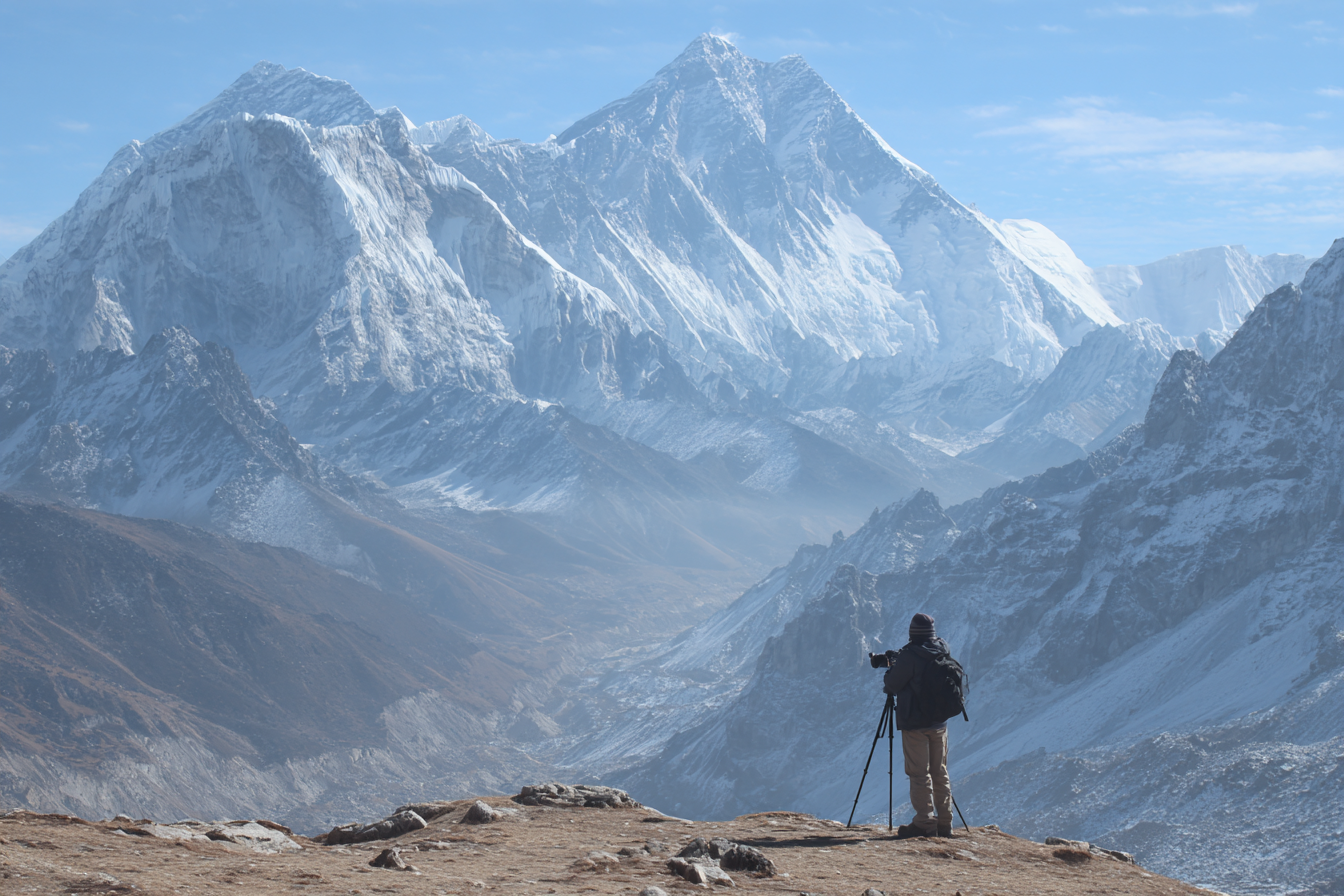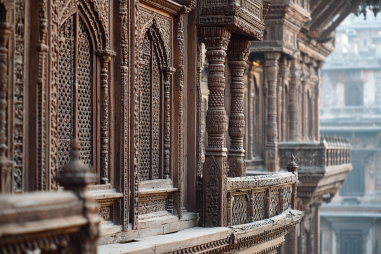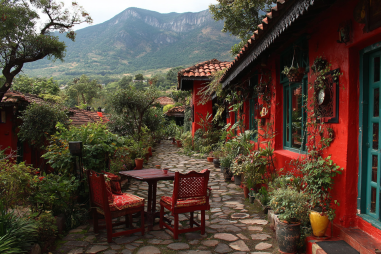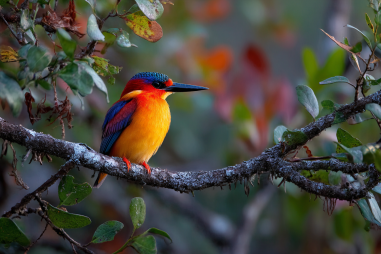Embarking on the Everest Base Camp trek is not just a physical adventure but also a visual feast, offering some of the most stunning landscapes on the planet. Whether you’re a seasoned photographer or a casual snap-happy traveler, capturing these images can elevate your journey and preserve memories that last a lifetime. From towering peaks draped in snow to vibrant Sherpa villages and the play of light across the rugged terrain, knowing the right photography techniques is essential to make the most of every shot.
Recommended Camera Gear and Accessories
Choosing the right camera gear is the first step to successfully photographing your Everest Base Camp experience. Many trekkers favor a lightweight DSLR or mirrorless camera due to their excellent image quality and versatility, but a high-end compact camera or even a modern smartphone can suffice if you’re mindful of settings.
Essential items to consider include:
- Camera body: A weather-sealed DSLR or mirrorless camera is ideal, but ensure you’re comfortable carrying it for long hikes.
- Lenses: A versatile zoom lens (such as 24-70mm or 18-135mm) covers most situations, while a wide-angle lens (around 10-24mm) captures sweeping landscapes. A telephoto (70-200mm) can help isolate distant peaks or wildlife.
- Tripod: A lightweight travel tripod is invaluable for dawn/dusk shots and low light conditions, enabling longer exposures without blur.
- Extra batteries and memory cards: Cold temperatures drain batteries faster, so bring plenty of spares and ample storage space.
- Protective gear: Lens cleaning cloths, UV filters for lens protection, and waterproof covers or dry bags keep your equipment safe from weather and dust.
- Polarizing filter: Useful to reduce glare and enhance skies, making mountains ‘pop’ against the blue sky.
Best Times of Day for Photography
The quality of light dramatically influences the mood and detail of your photos. To capture the iconic Everest Base Camp scenes, plan your shoots during the “golden hours” just after sunrise and just before sunset. During these times, sunlight bathes the peaks in a warm, golden glow while casting long shadows that add depth and texture to images.
Mornings tend to be clearer with crisp air and fewer clouds, making it a prime time for mountain landscapes. Sunrises over peaks like Ama Dablam or Lhotse are breathtaking and well worth the early wake-up call. Evenings can provide equally stunning scenes with pink and purple atmospheric colors.
Avoid midday when the sun is high and harsh, causing flat, washed-out lighting and strong shadows that can obscure detail. Overcast days also offer good conditions for soft, diffused light ideal for portraits and capturing details in shaded areas.
Composition Tips for Landscapes and Portraits
Great photos at Everest Base Camp are not just about equipment but also powerful composition:
- Rule of Thirds: Imagine dividing your frame into thirds horizontally and vertically, then place key elements like peaks, the horizon, or people along these lines or intersections to create balanced shots.
- Foreground Interest: Including interesting objects like prayer flags, rocks, or hikers in the foreground adds depth and leads viewers’ eyes into the scene.
- Leading Lines: Use natural lines such as ridges, trails, or rivers to guide the eye through the image towards the main subject.
- Framing: Look for ways to frame your subject with surrounding elements, like tree branches or rock formations, to create a focused composition.
- Portraits: Capture the warmth and resilience of the local Sherpa people and fellow trekkers by photographing them in natural light. Focus on their expressions and cultural attire for authentic storytelling shots.
- Experiment with perspectives: Don’t hesitate to vary your angle—shoot from low or high viewpoints or get close to details to create unique visual narratives.
Managing Cold Weather Challenges for Equipment
Exposure to extreme cold at high altitudes poses several challenges for your camera gear. Batteries can drain rapidly, screens may become sluggish, and mechanical parts can stiffen. Here are ways to protect and prolong your equipment’s performance:
- Keep batteries warm by storing them in an inside pocket close to your body, swapping them as needed.
- Avoid switching lenses frequently in dusty or snowy conditions to prevent debris from entering the camera sensor.
- Use silica gel packets in your camera bag to reduce moisture buildup that can cause fogging.
- Allow your camera to acclimate gradually when moving between cold and warmer environments to prevent condensation forming.
- Carry a sturdy camera bag or protective case that shields your equipment from wind, snow, and impacts.
Safety Considerations When Taking Photos
While capturing compelling images is rewarding, safety must always come first. The Everest region’s terrain is rugged and weather unpredictable, so keep these safety tips in mind:
- Be aware of your surroundings — avoid venturing too close to edges, loose rocks, or unstable terrain while focusing through your lens.
- Don’t rush your shots by compromising your footing or hydration; take breaks and stay alert.
- Respect local customs and people’s privacy; always ask permission before photographing individuals, especially in remote villages.
- Avoid blocking the path for other trekkers and don’t create hazards by stopping in narrow or steep trail sections.
- Check weather conditions regularly as visibility can change quickly, and be prepared to pause photography if conditions become unsafe.
Editing and Sharing Your Trek Photos
Post-processing can greatly enhance your Everest Base Camp images. Basic adjustments to exposure, contrast, and color saturation can bring out the vibrancy and mood you experienced on the trail. Software such as Adobe Lightroom or free alternatives like Snapseed offer user-friendly editing tools.
When editing, aim to keep the natural look of the mountains and sky. Avoid over-processing that can make images appear unreal. Cropping and straightening horizons also improve composition.
Once your photos are ready, sharing them is a fantastic way to inspire others and preserve your adventure. Consider creating an online album or social media posts with brief stories about each image. Photo books or prints can also make wonderful keepsakes or gifts.
Inspirational Photo Spots Along the Trail
Several iconic locations on the Everest Base Camp trek offer exceptional photographic opportunities:
- Namche Bazaar: This bustling Sherpa town provides lively street scenes against mountainous backdrops — perfect for cultural portraits and candid shots.
- Khumjung Monastery: Rich in local heritage, its colorful prayer flags and monks in traditional robes create captivating images.
- Thame Valley: Known for stunning vistas and yak caravans, ideal for capturing life in the high Himalayas.
- Dingboche and Lobuche villages: Nestled in dramatic mountain settings, offering authentic rural Himalayan life shots.
- Kala Patthar: Perhaps the best vantage point for panoramic views of Everest itself, especially at sunrise or sunset.
- Everest Base Camp: The ultimate photo spot, with the pyramid peak towering in the distance and the colorful tents and prayer flags adding vibrant foreground interest.
Making Visual Memories That Last
Photographing the Everest Base Camp trek is about more than just technical skill—it’s about capturing the spirit of an extraordinary journey. By preparing your gear thoughtfully, choosing the right moments and compositions, and respecting the environment and culture, you’ll return with stunning images that truly reflect the majesty and uniqueness of this mountain adventure. Take your time, enjoy the process, and let your photos tell your unforgettable story in the shadow of the world’s highest peaks.







